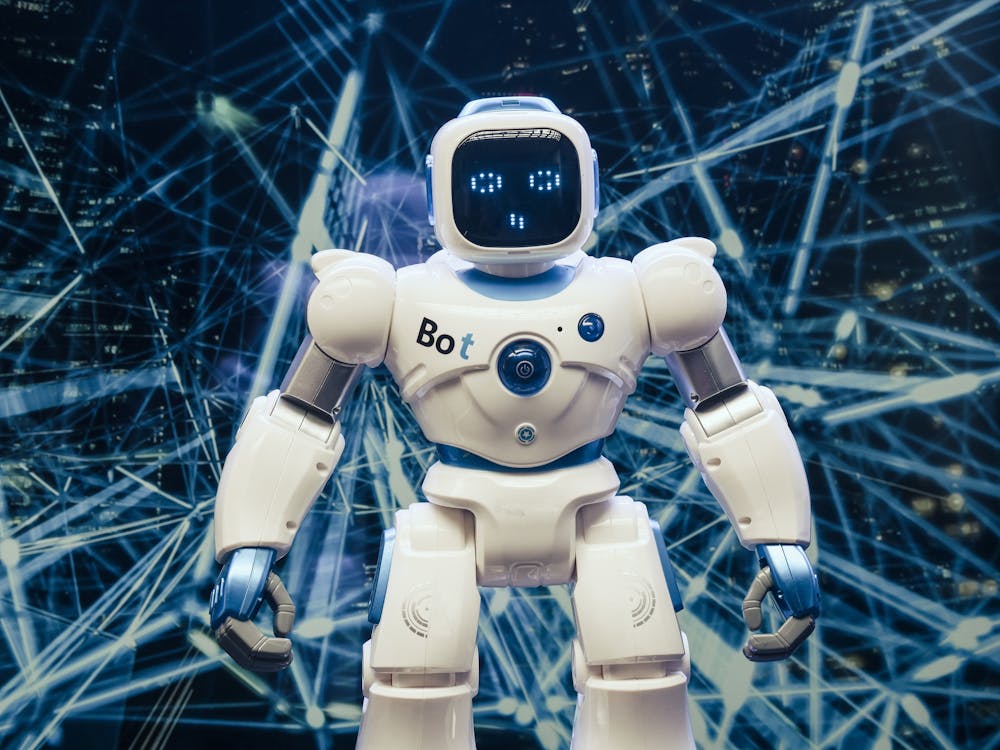In today’s digital landscape, AI boosts ROMI in ways that are transforming marketing effectiveness, driving increased revenue, and delivering enhanced customer experiences. Return on Marketing Investment (ROMI) has become a top priority for marketers, with AI rapidly becoming the tool of choice to achieve measurable results. This article explores seven powerful ways that AI boosts ROMI, addressing both the immense opportunities it presents and the challenges it brings along the way.
1. Enhanced Customer Targeting for Improved ROMI
AI boosts ROMI by enabling highly accurate customer targeting. By analyzing vast amounts of data in real time, AI algorithms can identify specific customer segments with precision, allowing businesses to create personalized marketing campaigns. These AI-powered insights allow marketers to tailor their messaging to appeal directly to different audience groups, driving higher engagement rates and increasing conversion potential.
While targeting becomes more precise, it’s also important to note that AI’s reliance on data can pose privacy challenges. Companies must ensure data collection practices are ethical and comply with regulations like GDPR. Balancing precision targeting with responsible data use can help businesses leverage AI’s full power without compromising customer trust.
2. Predictive Analytics for Campaign Success
Predictive analytics is a game-changer in the way AI boosts ROMI. Through AI, businesses can forecast the outcomes of their marketing campaigns before they launch, using historical data and pattern recognition. This predictive power helps marketers optimize strategies, timing, and content to achieve the best possible results. AI also boosts ROMI by identifying potential campaign pitfalls, allowing for proactive adjustments that prevent budget wastage.
However, relying solely on predictive analytics may lead to overconfidence in AI-generated insights. It’s essential to balance AI’s forecasts with market intuition and industry expertise, ensuring decisions align with broader business goals and external market factors.

3. Optimized Ad Spend with Real-Time Bidding
Another way AI boosts ROMI is through optimized ad spending, particularly in digital advertising. AI-driven real-time bidding (RTB) platforms allow advertisers to reach their target audiences more effectively, reducing wasted spend on irrelevant impressions. With AI, marketers can allocate their budgets where they will have the highest impact, maximizing returns on every advertising dollar.
While this approach significantly boosts ROMI, it also requires businesses to maintain close oversight of ad performance. AI can occasionally misinterpret audience signals, leading to misplaced ad placements. Marketers should regularly monitor and adjust AI-powered ad campaigns to ensure they’re reaching the intended audience in the most cost-effective way.
4. Personalized Content Creation and Distribution
AI boosts ROMI by enabling the creation and distribution of personalized content on a scale that would be impossible through manual effort. With AI, marketers can analyze user preferences and behavioral data to develop tailored messages that resonate with individual customers. By delivering the right content at the right time, businesses increase engagement, loyalty, and, ultimately, ROMI.
However, the challenge lies in ensuring that personalization doesn’t become intrusive or feel too automated. Overly personalized messaging can sometimes deter customers, making them wary of excessive tracking. By balancing personalization with authentic brand voice, businesses can leverage AI to deliver content that feels both relevant and genuine.
5. Automated Customer Service Enhancing Customer Experience
AI boosts ROMI by streamlining customer service processes, particularly through chatbots and virtual assistants. By automating common inquiries and providing 24/7 support, AI-powered customer service tools can significantly reduce operational costs and improve the customer experience. Fast and efficient service leads to higher customer satisfaction, which in turn contributes to improved brand loyalty and enhanced ROMI.
However, while automation provides cost-saving opportunities, it can also lack the empathetic touch of human service. Businesses must find the right balance by implementing AI in a way that complements rather than replaces human interaction. For complex issues, having an escalation system to a human representative can enhance customer satisfaction.

6. Enhanced Lead Scoring and Nurturing
One of the primary ways AI boosts ROMI is through advanced lead scoring and nurturing capabilities. AI can analyze a lead’s behavior, engagement level, and demographic data to accurately score their likelihood of conversion. This allows marketing teams to focus their efforts on high-value leads, maximizing the impact of their resources.
AI’s insights can also help tailor nurturing strategies to specific leads, ensuring that prospects receive the most relevant messages at each stage of the funnel. However, overly automated lead nurturing can sometimes result in impersonal interactions. It’s essential for companies to review AI-driven nurturing content to ensure it aligns with the brand’s voice and values, creating a seamless blend of efficiency and personalization.
7. Real-Time Performance Analytics for Quick Adjustments
Real-time performance analytics is a significant way AI boosts ROMI by allowing marketers to track the effectiveness of their campaigns on the go. With instant feedback on metrics like engagement, conversion rates, and ROI, marketers can quickly identify what’s working and what isn’t, making adjustments to maximize campaign success.
This agility helps in achieving better ROMI as marketers don’t have to wait until a campaign ends to assess its impact. Yet, while real-time analytics is a valuable tool, it can also lead to “data fatigue.” Constantly checking metrics may tempt marketers to make frequent changes, which can destabilize a campaign’s focus. Marketers should use AI-driven real-time analytics wisely, combining it with a clear strategy to ensure data-driven decisions improve rather than hinder ROMI.

AI Boosts ROMI: Addressing the Challenges
While the ways AI boosts ROMI are clear, it’s crucial to consider the challenges AI presents. Implementing AI in marketing requires investments in technology, talent, and infrastructure, which can be costly for smaller businesses. Data privacy is another significant concern, as AI-driven marketing often relies on extensive data collection. Ensuring compliance with privacy laws and protecting customer information is critical to maintaining trust.
Moreover, while AI boosts ROMI by automating many marketing processes, there’s the potential risk of losing the human touch. Striking a balance between automation and personal interaction is key to creating effective marketing that resonates with customers on an emotional level.
Conclusion: AI Boosts ROMI by Harnessing Opportunities and Managing Challenges
In summary, AI boosts ROMI by transforming the way businesses approach customer targeting, predictive analytics, ad spending, content personalization, customer service, lead nurturing, and real-time analytics. The impact of AI on ROMI is undeniable, with potential gains in both efficiency and revenue. However, alongside these benefits come challenges that must be carefully managed. Privacy concerns, costs, and the risk of depersonalization are all factors businesses need to consider as they integrate AI into their marketing strategies.
Ultimately, by leveraging AI responsibly and strategically, companies can not only boost ROMI but also create marketing campaigns that are both impactful and sustainable. Whether you’re a small business or a global corporation, the right AI tools can empower you to achieve your marketing goals, navigate challenges, and maximize your return on marketing investment.
